The importance of healthcare waste segregation
A huge part of hygiene and safety in healthcare settings lies in how clinical teams dispose of waste materials. The segregation of healthcare waste is an important part of this disposal process.

In this guide, we’ll explore why healthcare waste segregation is so critical, some of the most important hospital guidelines, and how to put the right processes and equipment in place to manage things effectively.
What is waste segregation in healthcare?
Healthcare waste segregation is the practice of making sure that all waste products and materials generated in healthcare settings are disposed of safely. A healthcare setting generates many different types of waste throughout the day. Some of it can involve handling hazardous waste, which means clinical teams need to use different methods of disposal or recycling, according to the type of waste.
To make this a safe and efficient process, waste should be segregated into different types of containers, immediately after it has been generated. The containers can then be collected by waste management teams who will know exactly which type of waste they are handling and the correct way to dispose of it.
The importance of waste segregation in hospitals
It is critical that hospitals and other healthcare environments maintain excellent standards of cleanliness, so ensuring that waste is disposed of quickly and appropriately is vital in reducing the spread of dangerous infections and diseases.
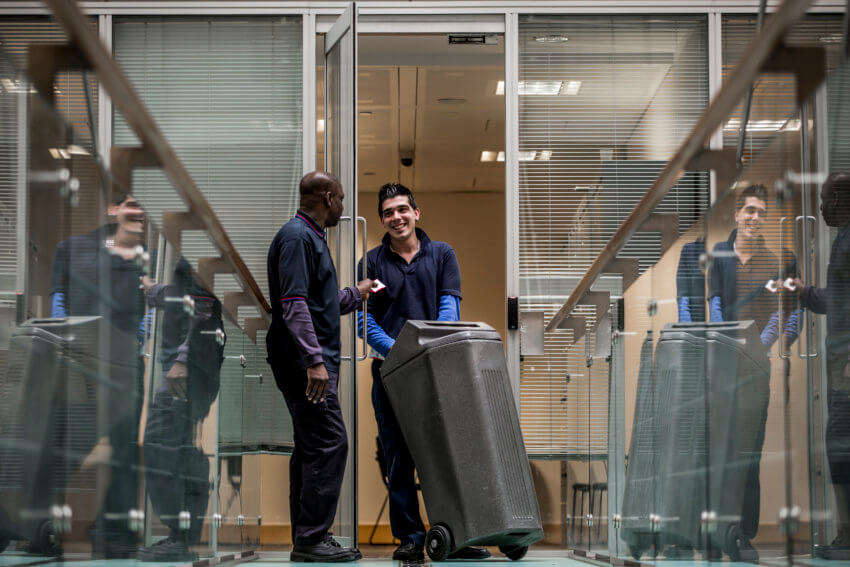
Given the types of waste involved, if unintended contact occurs they can be extremely hazardous to patients, staff and visitors. Without stringent processes in place for healthcare waste segregation, hazardous substances or materials can infect or contaminate people, which can lead to serious disease and even death.
Also, all hospitals and healthcare settings are inspected for their cleanliness standards. Being able to demonstrate best practice in the segregation of healthcare waste can reassure the public that they will be safe while being cared for and, following the Covid-19 pandemic, that is more important than ever. We demonstrated this when Mitie, working with the British Army, were responsible for opening the NHS Nightingale Hospital North West at the start of the pandemic. The government appointed us to deliver all hard and soft facilities management services, including cleaning, for the temporary hospital.
The Environmental Protection Act 1990 governs the disposal of clinical waste. It states that any facility that produces clinical waste must make sure that it is managed in the correct way and that waste is correctly segregated, stored, transported and disposed of.
To avoid facing prosecution, any hospitals or healthcare settings that produce clinical waste must be aware of the correct government legislation and understand what needs to be done for full compliance.
Healthcare waste types and how to manage them
There are a number of ways to dispose of different waste safely to protect healthcare staff, patients and visitors.
Domestic waste
As you would expect, a hospital or healthcare setting will generate waste from packaging and general waste, much like you would at home. It can either be recycled – the preferred option – or placed in mixed general waste.
Clinical waste
Clinical waste is anything that comes with a potential risk of contamination or infection, and therefore could be highly dangerous if somebody comes into contact with it. In a healthcare setting, this generally means anything that has had contact with any bodily fluids, including plasters, bandages, needles and face masks and other PPE. It also includes any items that have been used for cleaning.
The segregation of healthcare waste in a clinical environment will involve placing the waste in a dedicated disposal box for collection. This should be located in each treatment area. It will then need to be stored safely and transported to an authorised disposal site.
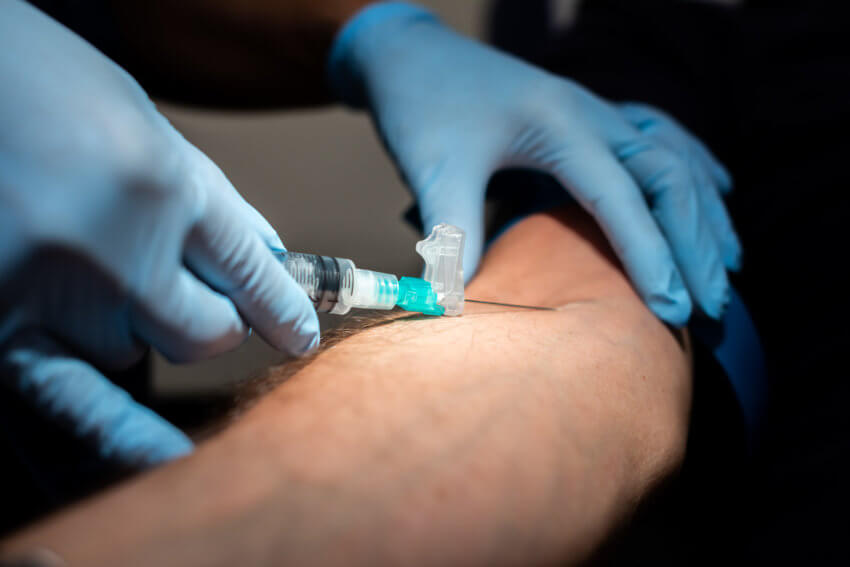
Offensive waste
This type of waste isn’t necessarily dangerous for people to come into contact with but can still be very unpleasant to handle or encounter. This might include nappies, incontinence pads, materials used during childbirth, catheters and stoma bags.
Offensive waste is legally required to be stored in yellow containers, so it can be clearly differentiated from other types. This includes bags, wheelie bins and skips, that allow easy and error-free collection. This waste should therefore either be autoclaved or incinerated to break down any potentially dangerous chemical structures and cultures.
Cytotoxic waste
When cytotoxic or cytostatic drugs are used to treat cancers and other serious diseases. Swabs, sharps and chemical residue can be left behind, which can be extremely dangerous if other people come into contact with them.
To prevent cytotoxic waste making people seriously ill it should be disposed of, immediately after use, in clearly labelled and sealable containers. These containers should be close to the treatment location to minimise the risk of contaminating other areas.
Anatomical waste
This refers to human matter generated through medical treatments and procedures. Examples include body parts that have been amputated, or placenta removed during childbirth. Organs, blood bags, tissue from biopsy and any dressings used in these processes, would also be considered anatomical waste.
For safety reasons, all anatomical waste is considered infectious, until there is clear evidence that it isn’t. This waste should be disposed of using an autoclave or incinerator, which destroys chemicals and cultures through high pressure, high temperature or a combination of the two.

How can Mitie support waste management for your hospital or clinic?
Mitie is already trusted by more than 40 NHS Trusts and we can help you with your healthcare waste segregation. Handling waste is just one of the services we offer, backed by decades of expertise and experience, and with access to the best equipment, people and technology.
In 2021, Mitie contributed to The National Standards of Healthcare Cleanliness (the National Cleaning Standards) alongside a range of other healthcare and facilities management specialists. Mitie uses an intelligent, data-driven approach to support NHS Trusts to transition to the new standards that all NHS healthcare establishments in England must adhere to.
To learn more, explore all of our healthcare services in more detail, or get in touch with our team.
Read next
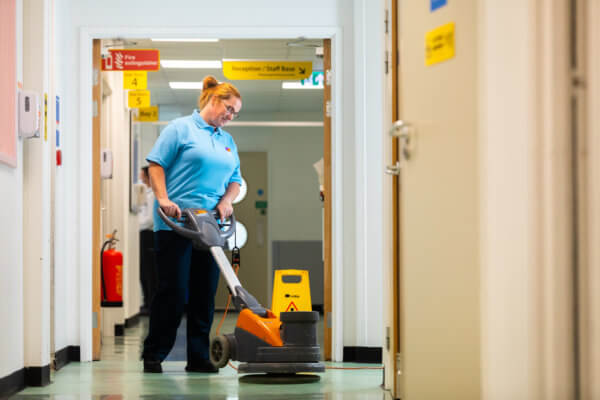
How to choose the right cleaning provider for your hospital
To maintain the highest standards of hygiene, many NHS Trusts and healthcare bodies outsource their duties to third-party healthcare cleaning companies. But there are many providers of hospital cleaning services in the marketplace, and…
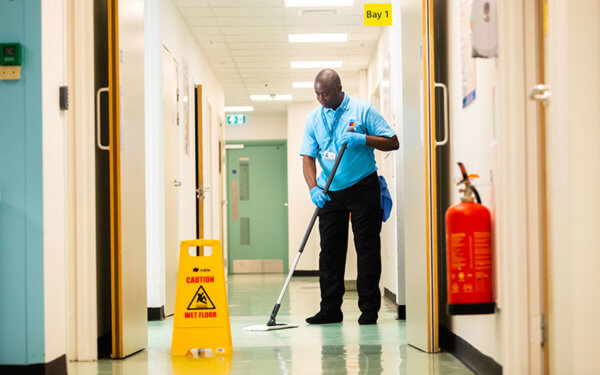
8 Ways Hospitals Stay Safe and Clean
Hospital patients are often medically and physically vulnerable, so it is especially important their environment is kept spotlessly clean and infection-free. Why Thorough Hospital Cleaning is so Important Without scrupulous hygiene and cleaning, bacteria…
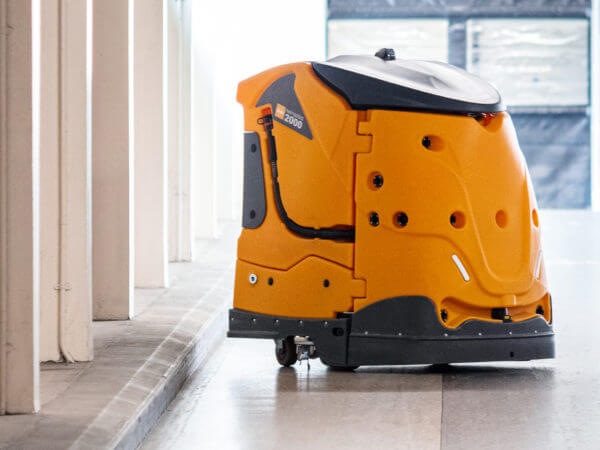
Case study: Minimising hospital infections risks with technology
To minimise hospital infections, we work with the Trust’s ‘Infection Prevention and Control’ team to continuously improve processes, procedures, and identify and utilise innovative technology.
 Skip to content
Skip to content